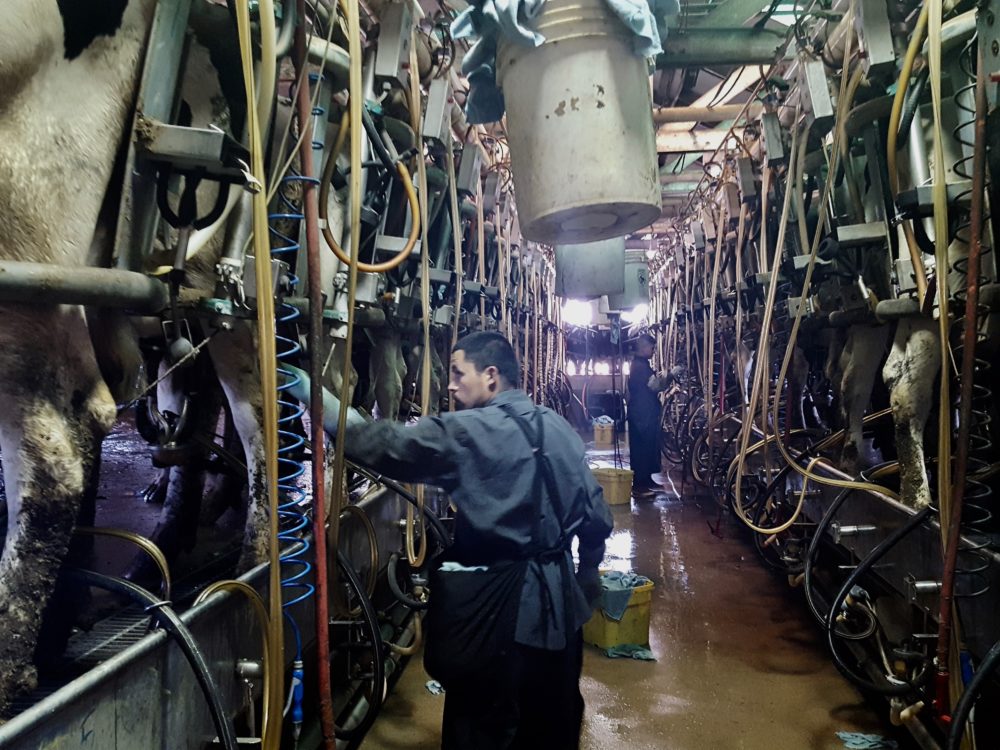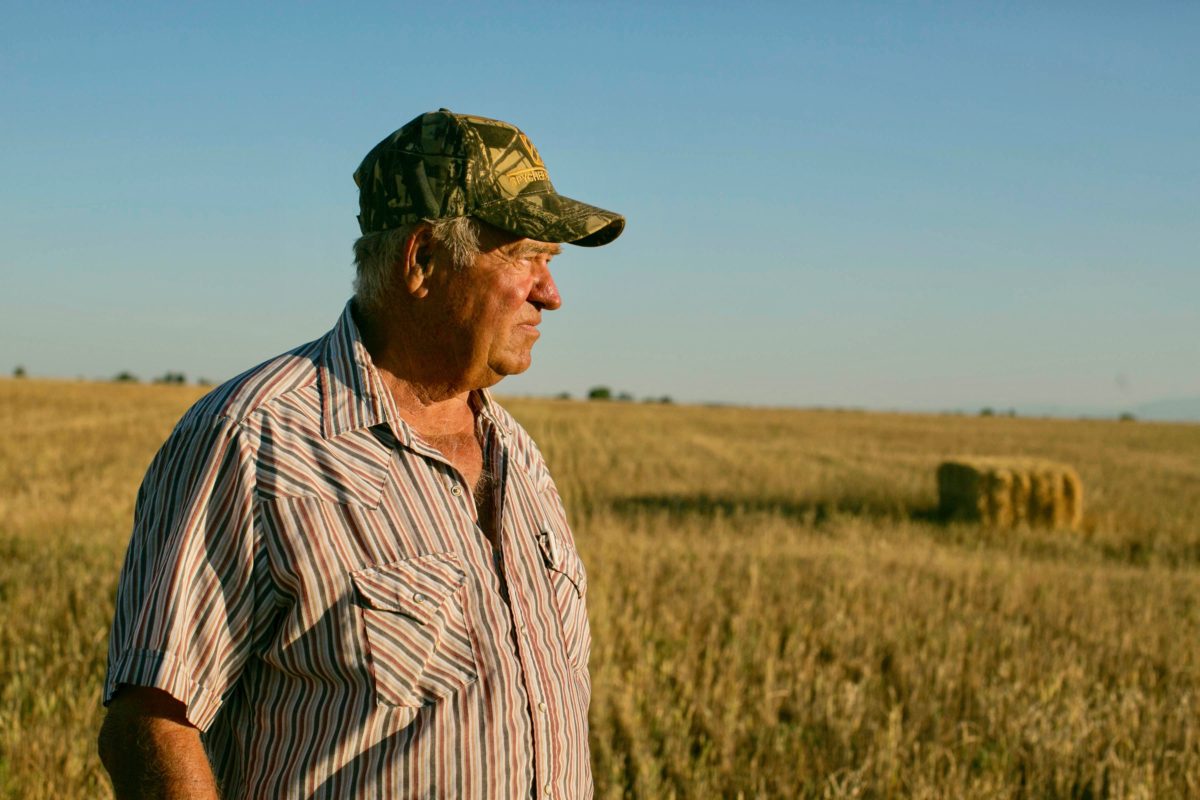Tuff Times in California–But It Stands Strong
Through Wildfires and Pandemic, California Agriculture Persists
By Tim Hammerich with the Ag Information Network
Mother nature has not been kind to California this year. And nobody is more acutely aware of this fact than farmers. Here are a few ways in which agriculture is coping under these challenging conditions courtesy of the California Farm Bureau.
As winegrape harvest accelerates around California, farmers navigate forces that include high temperatures, wildfire smoke and the marketing impacts of the pandemic–on top of large supplies that left some grapes unharvested a year ago. Analysts expect this year’s harvest to be about the same size as last year’s. Marketers say the pandemic has shifted wine demand to retail outlets, with less being sold at restaurants or tasting rooms.
Agricultural and forestry research and teaching projects have suffered damage from California wildfires. A representative for Cal Poly San Luis Obispo says it could take months for a full assessment of damage to its Swanton Pacific Ranch in Santa Cruz County, where structures including classrooms burned. Fires also hit six reserves managed by the University of California, with researchers still working to determine the impact on their projects.
Impacts of the pandemic continue to reverberate through the meat business. An American Farm Bureau Federation analysis shows the gap between the retail price and farm price of beef is the largest in 50 years of recordkeeping. A similar gap exists in pork prices. While pandemic-related demand boosted retail prices, slowdowns at meat processing plants led to a backup of animals in the marketing chain that drove farmers’ prices down.



























